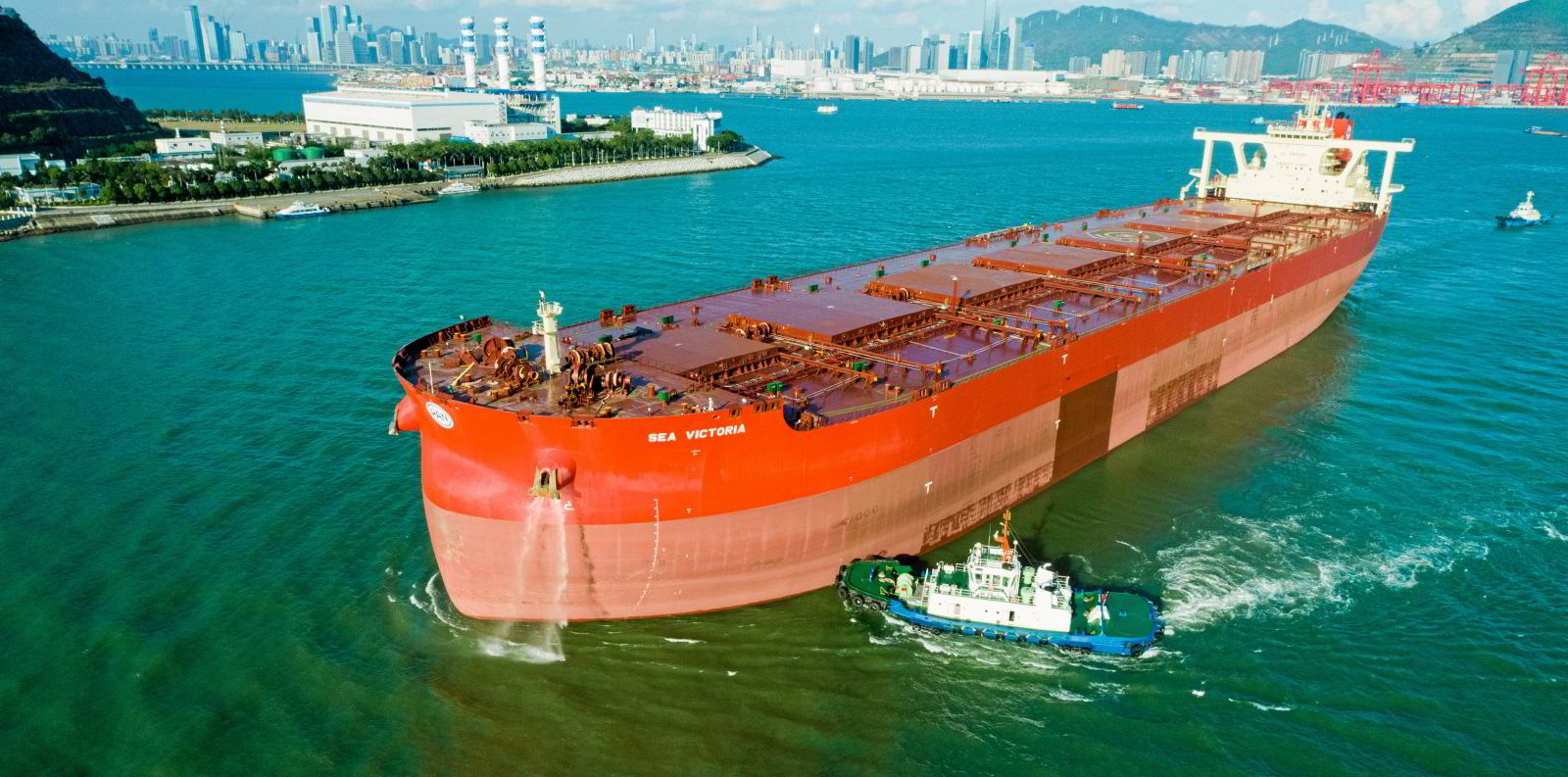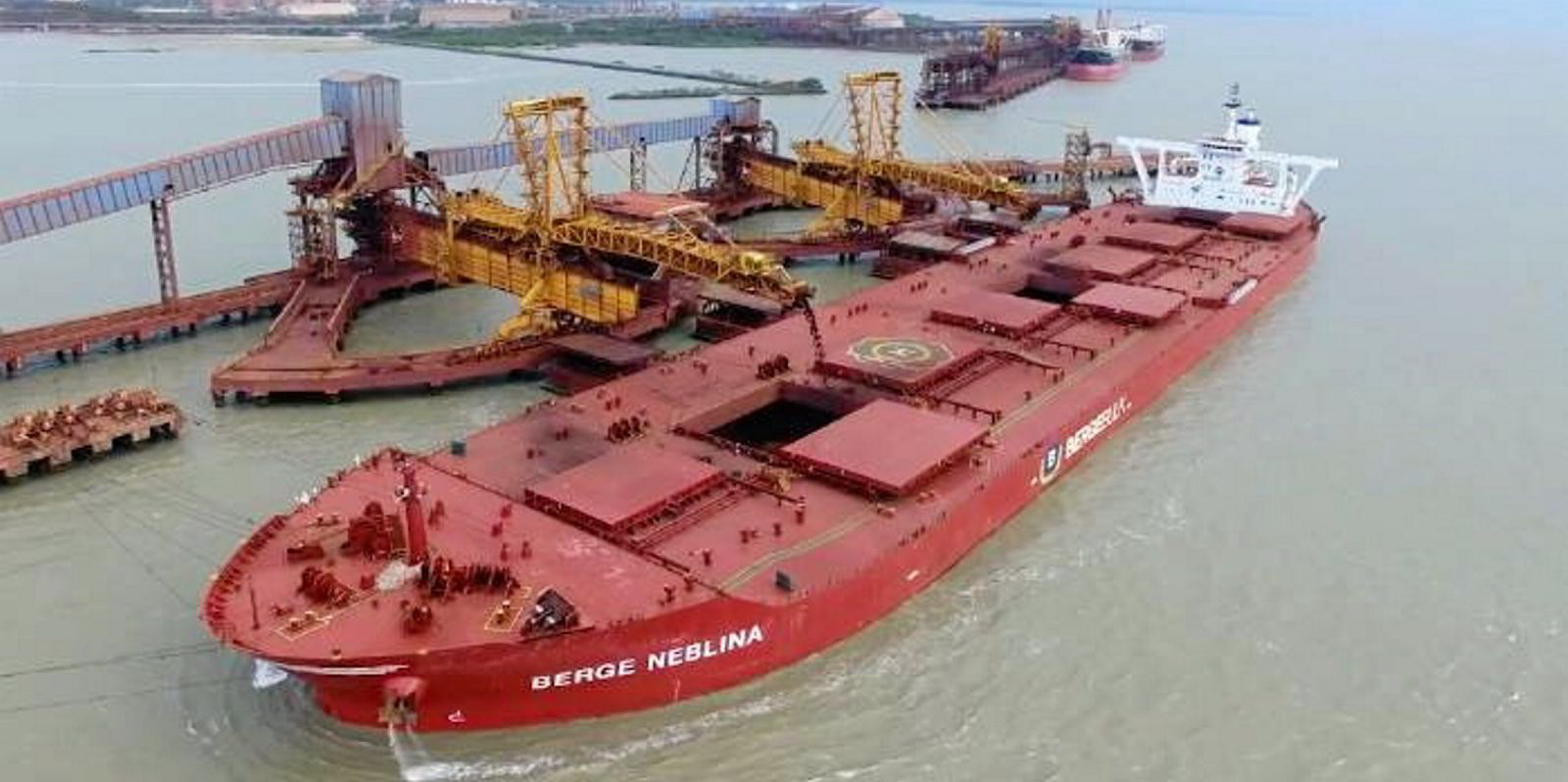Vale expects China’s steel production to plateau within the next few years and start to decline by the end of the decade.
China will still be the world’s largest producer of steel but the gap between it and the other major steel producers will narrow, the Brazilian mining giant said at the Singapore Iron Ore Forum 2023.
China’s steel output is expected to reach just over 1.1bn tonnes in 2026, before declining to 970mt by the end of the decade and 940mt by the end of 2040 according to a presentation slide shown by Vale at the forum.
Eduardo Mello Franco, marketing manager, pricing iron ore at Vale told delegates that most new growth will now come in India, Southeast Asia, the Middle East and Africa.
Vale said these emerging regions will see steel production more than double by 2040 from the current levels of 252mt per annum to 620mt.
Over that same period, the traditional steel producing regions such as Europe, America, Japan and South Korea will increase by about 20% to 740mt.
However, the Rio de Janerio-based miner said despite China’s decline global steel production will grow by over 20% to 2.3bn tonnes by 2040.
The changing levels of steel production by region reflect the ongoing changes in global demographics with the growth of populations in Africa and other parts of Asia.
According to figures from the UN Department of Economic and Social Affairs, China’s population for example is projected to fall from 1.42bn today to 771m — a fall of 45% — by 2100.
To reflect these changing patterns Vale is fostering the creation of mega hubs across the globe in places such as Saudi Arabia, the United Arab Emirates and Oman.
In the last few days, Vale has signed a land reservation agreement with the Port of Duqm Company to establish an integrated industrial complex in the Special Economic Zone at Duqm.
The port offers a deep draft, lengthy quay walls, and an expansive basin as well as easy access to the Indian Ocean and Arabian Sea.
These mega hubs are designed to produce hot briquetted iron (HBI) and steel products to supply both the local and seaborne markets and offer a significant reduction of CO2 emissions.
Franco told delegates at the forum that there was environmental, social and corporate governance (ESG) pressure for lower emission steel making.
“Vale is uniquely positioned to be one of the best low-carbon solution providers to the industry…and thus supporting the transition to a decarbonized world,” he said.
One big issue facing the industry is mine depletion, according to Franco, who estimates that 400mt of iron ore output will need to be replaced by 2030 in what is already a tight market.
“All the projects that came on stream lately were mainly replacing capacity and not adding much in terms of new supply,” he told forum delegates.





